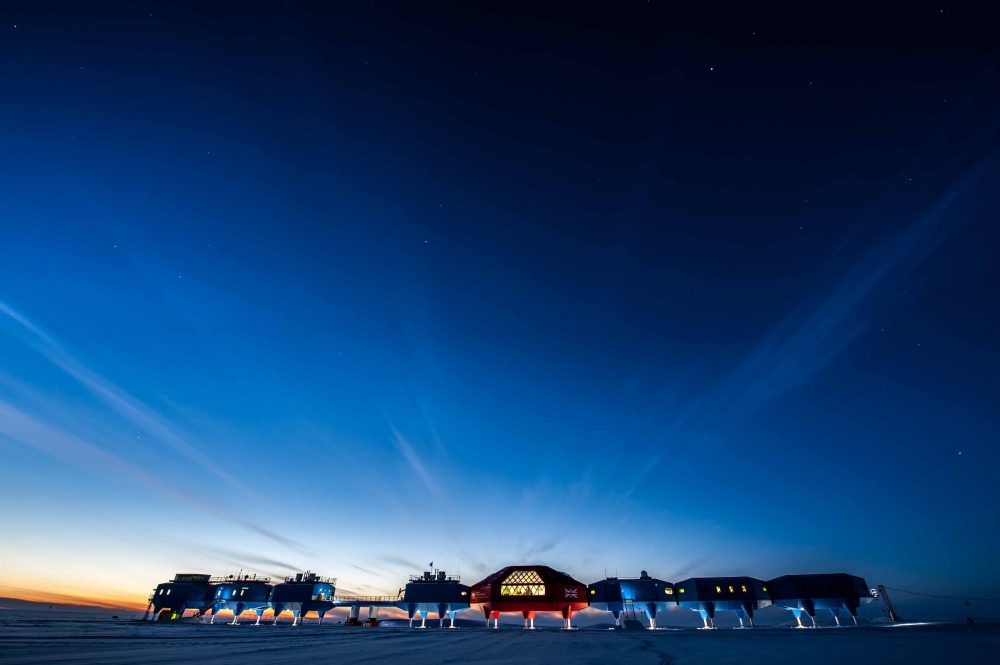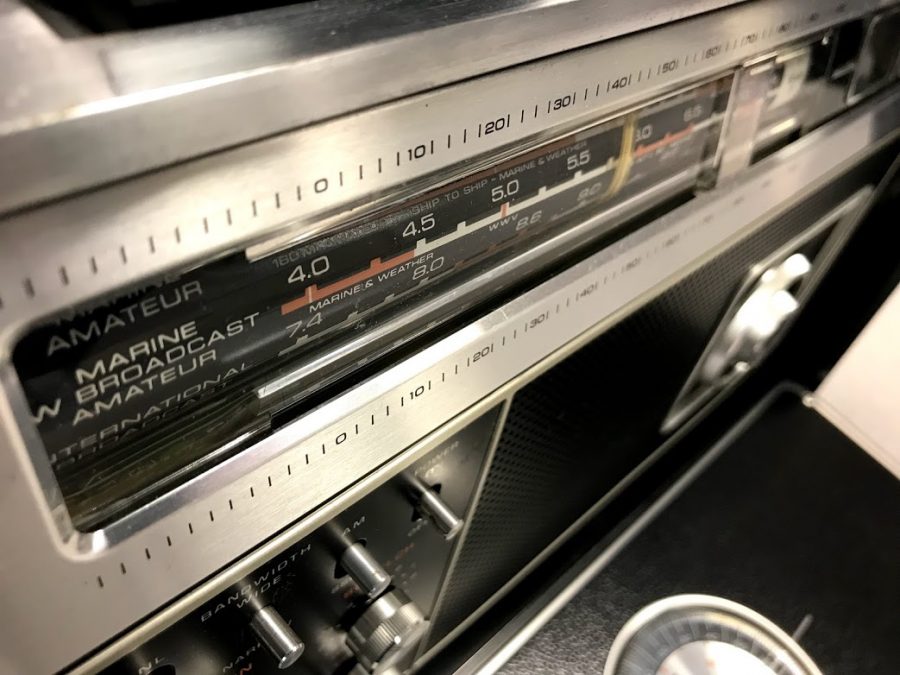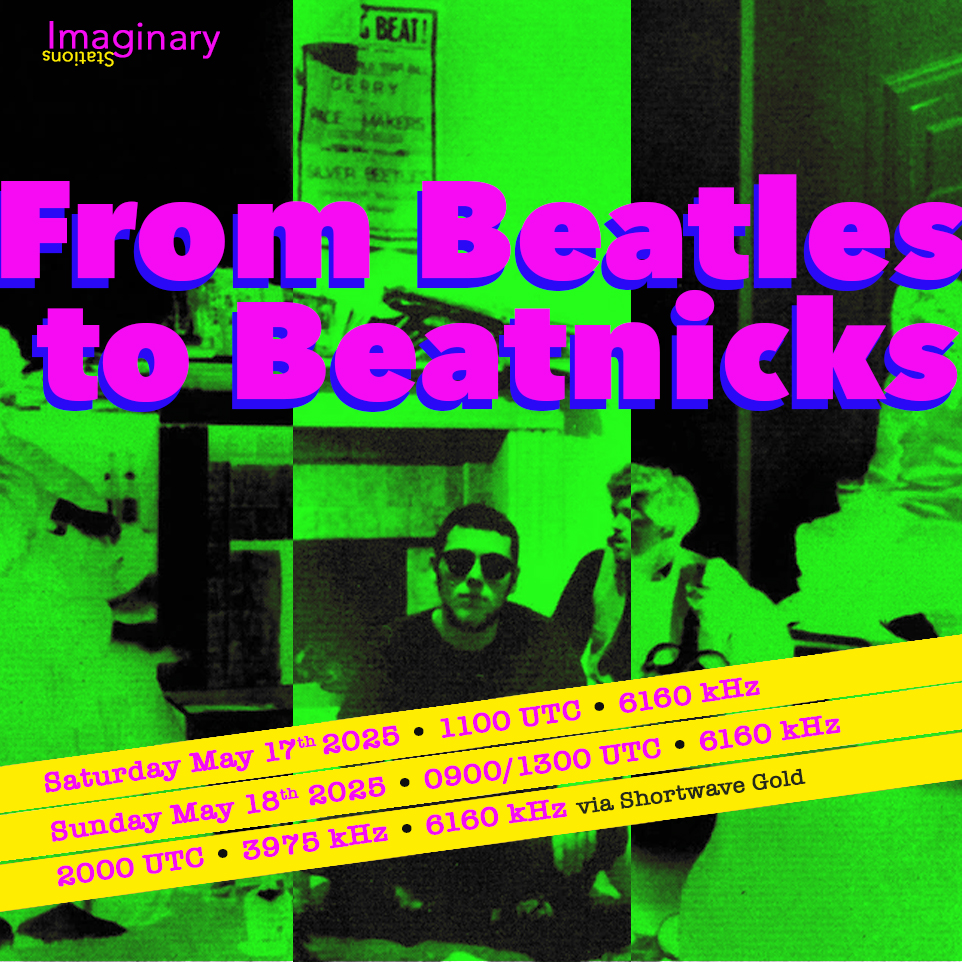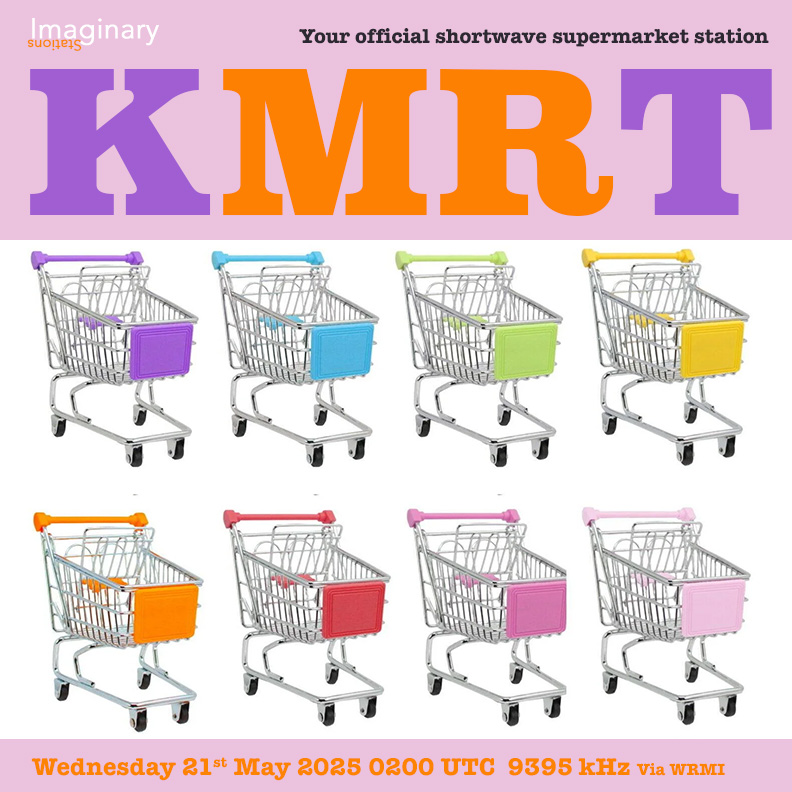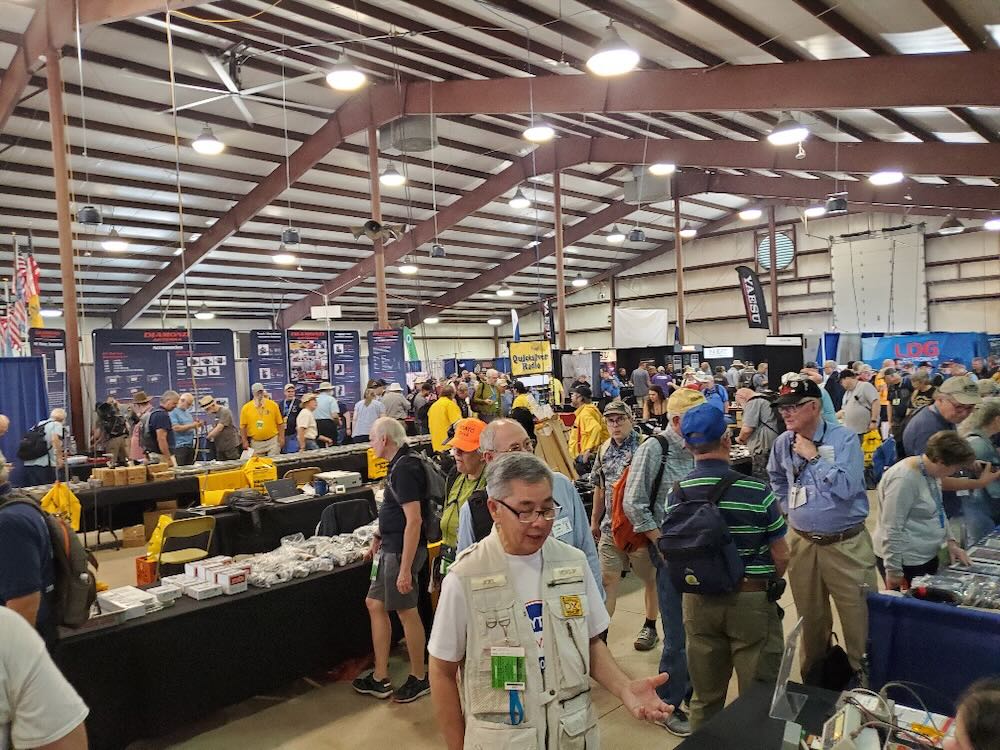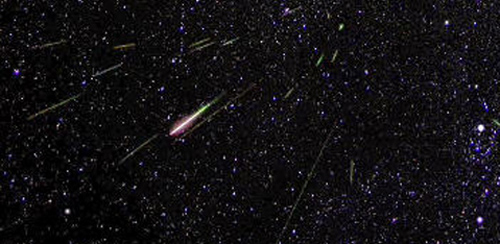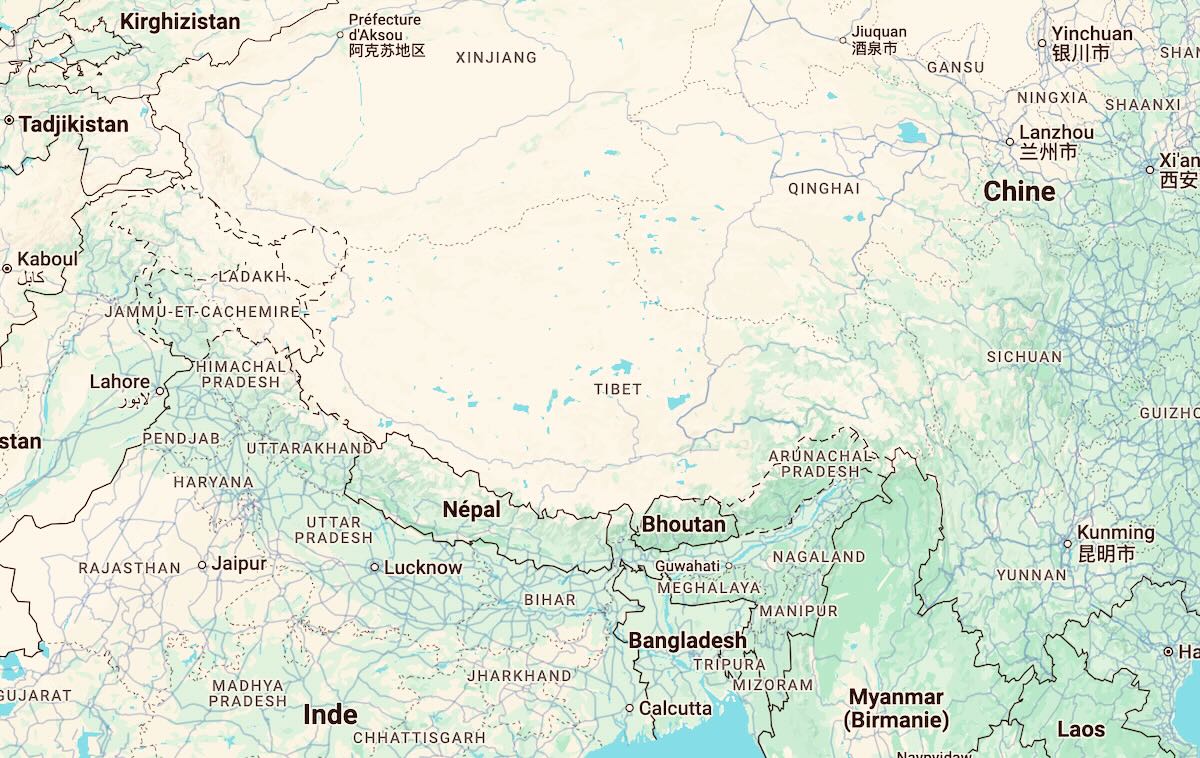Many thanks to SWLing Post contributor Richard Hollingham, Executive Producer of the BBC World Service Antarctic Midwinter Broadcast, who reached out with a special request to the SWLing community:
“It turns out that it’s now 70 years since the BBC partnered with the forerunner of the British Antarctic Survey to commence broadcasts, and we’re planning to include some archive in the podcast version of this year’s broadcast.”
Here’s the problem:
“Unfortunately, it turns out that the only recordings of the programme we—or the BBC—have are the ones that we have made [since about 2005]. Pre-2005 programmes have not been archived (tape was typically recycled).”
Richard is hoping that SWLing Post readers might have off-air recordings of the Antarctic Midwinter Broadcast from the 1970s, 80s, or 90s. If you’ve been collecting or archiving shortwave audio over the decades, please check your tapes, reels, or digital archives—you just might have a piece of lost radio history!
If you find a recording or think you may have something of interest, feel free to comment on this post and they’ll follow up with you directly.
Let’s help the BBC reconnect with this remarkable tradition and fill in the missing chapters!

